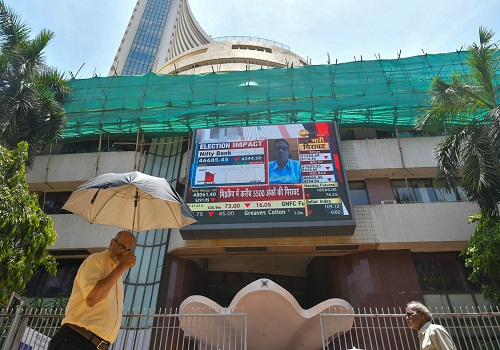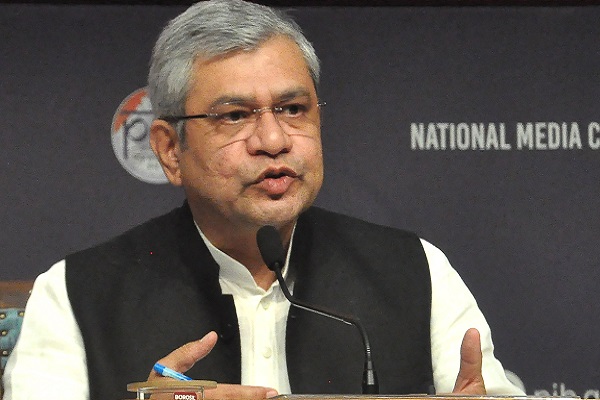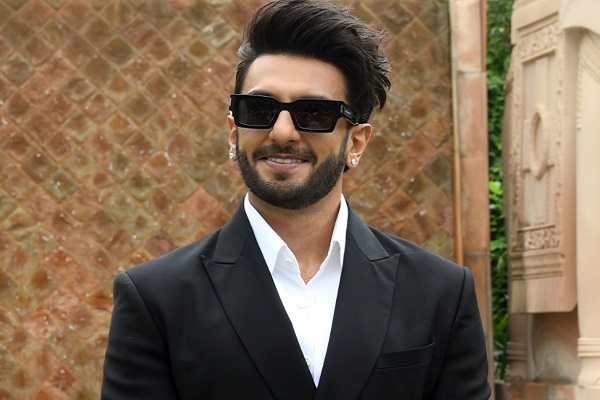Fashion Meets AI: How Technology is Influencing Design, Production, and Customer Experiences

In recent years, artificial intelligence (AI) has revolutionized numerous industries, and fashion is no exception. The fusion of fashion and technology is not only shaping the way we design and produce clothing, but also enhancing customer experiences. Here’s a deep dive into how AI is transforming the fashion landscape across various domains.
AI in Fashion Design: The Creative Partnership
AI-driven tools are now empowering designers to explore new creative possibilities. Algorithms can analyze vast amounts of data from fashion shows, consumer trends, and even social media to predict upcoming trends and suggest design elements. Tools like digital fashion software allow designers to experiment with different fabrics, textures, and colors virtually, saving time and resources. Some platforms even offer generative design, where AI suggests complete garment designs based on a set of parameters. This enables a faster, more efficient design process while still maintaining a high level of creativity.
Moreover, AI can assist in customizations. Through machine learning, AI can learn about a customer’s preferences over time and provide personalized design suggestions. For example, an AI algorithm could suggest alterations to a dress based on a customer's previous choices, leading to a more bespoke fashion experience.
AI in Production: Efficiency and Sustainability
AI is making the fashion production process more efficient. Automation and machine learning have streamlined operations, making everything from fabric manufacturing to garment assembly faster and more cost-effective. For example, AI-powered robots are capable of sewing garments with precision, reducing human error and speeding up production timelines.
On the sustainability front, AI can optimize fabric usage and reduce waste. Machine learning algorithms analyze patterns in production processes, determining the most efficient ways to use fabric and minimize excess material. This not only cuts costs but also contributes to more eco-friendly manufacturing processes.
AI is also playing a role in inventory management. Predictive analytics help fashion brands forecast demand more accurately, preventing overproduction and reducing waste. By using AI to track trends and consumer behaviors, fashion companies can better match supply with demand.
AI Enhancing Customer Experiences: Personalization and Virtual Shopping
Perhaps the most noticeable impact of AI in fashion is on the consumer experience. Fashion retailers are using AI to offer highly personalized shopping experiences. For example, AI can recommend products based on a customer’s browsing history and preferences, providing a tailor-made shopping journey.
Virtual fitting rooms powered by AI and augmented reality (AR) are becoming increasingly popular. These technologies allow customers to try on clothes virtually before making a purchase. By using AI to analyze body measurements and suggest the right size, brands can reduce the rate of returns due to sizing issues, improving customer satisfaction.
Furthermore, AI is helping fashion companies deliver better customer service. Chatbots powered by natural language processing (NLP) provide instant responses to customer queries, offering personalized styling tips and even assisting with online orders.
The Future of Fashion: A Seamless Blend of Technology and Creativity
The integration of AI into the fashion industry is still in its early stages, but its potential is immense. As AI technologies continue to evolve, we can expect even more innovation. Virtual reality (VR) and AI-driven fashion shows, where customers can view entire collections in immersive 3D spaces, are likely to become a norm.
In the coming years, AI will not just be a tool for designers or producers but will be woven into the entire consumer experience. As the line between fashion and technology continues to blur, we can look forward to a future where AI helps create, produce, and personalize fashion in ways we never thought possible.
This exciting intersection of fashion and AI is not only reshaping the industry but also paving the way for a future where technology enhances creativity, sustainability, and customer satisfaction.








.jpg)













